Dating has evolved dramatically over the years, shifting from traditional courtship to the fast-paced world of online apps and social media. Yet, some of the old-fashioned dating rituals still hold a certain charm that modern daters might find puzzling. Let’s explore 13 of these rituals that seem almost alien in today’s dating scene.
1. Chaperoned Dates
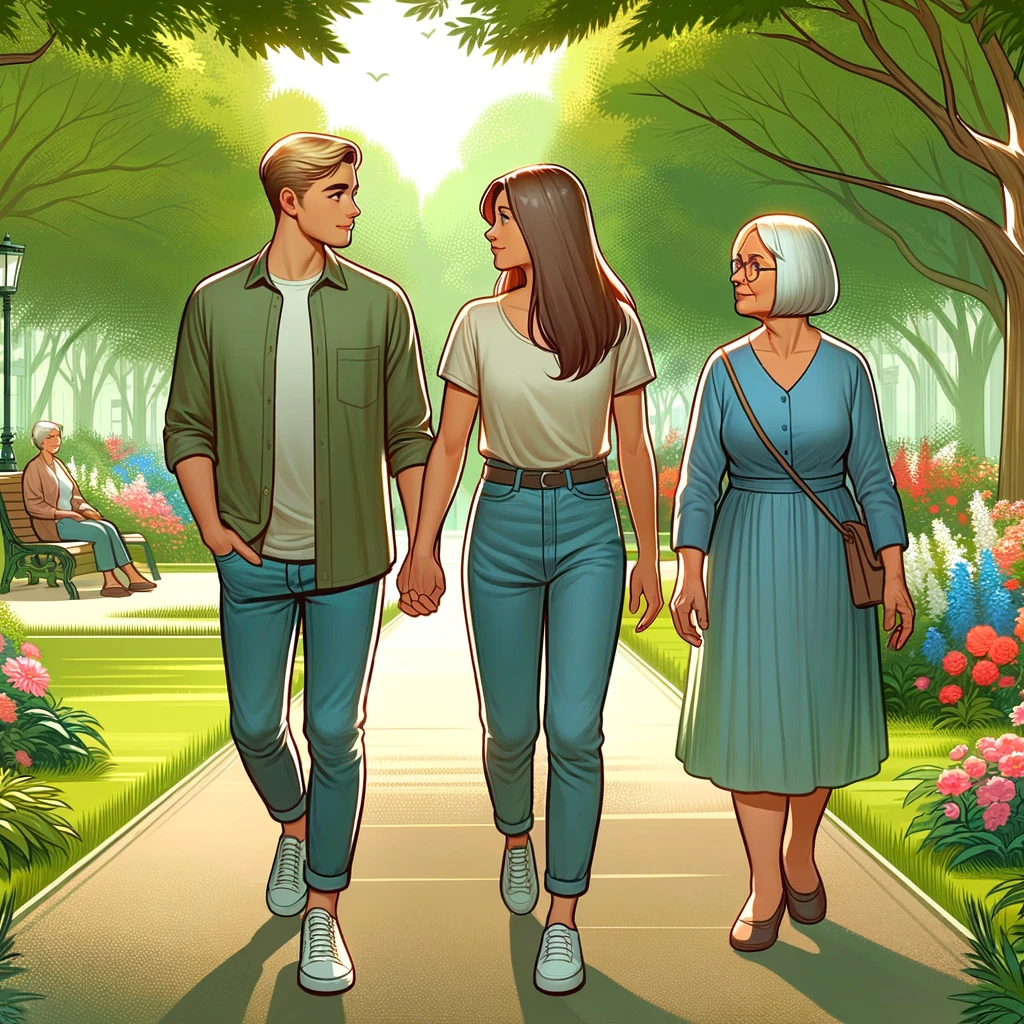
In the past, young couples were often accompanied by a chaperone to ensure propriety. This meant no physical contact or intimate conversations. The presence of a chaperone was a sign of respect to the family and societal norms. It ensured that the couple maintained a proper distance and conversation. This practice emphasized the value of reputation and decorum over personal connection.
2. Love Letters
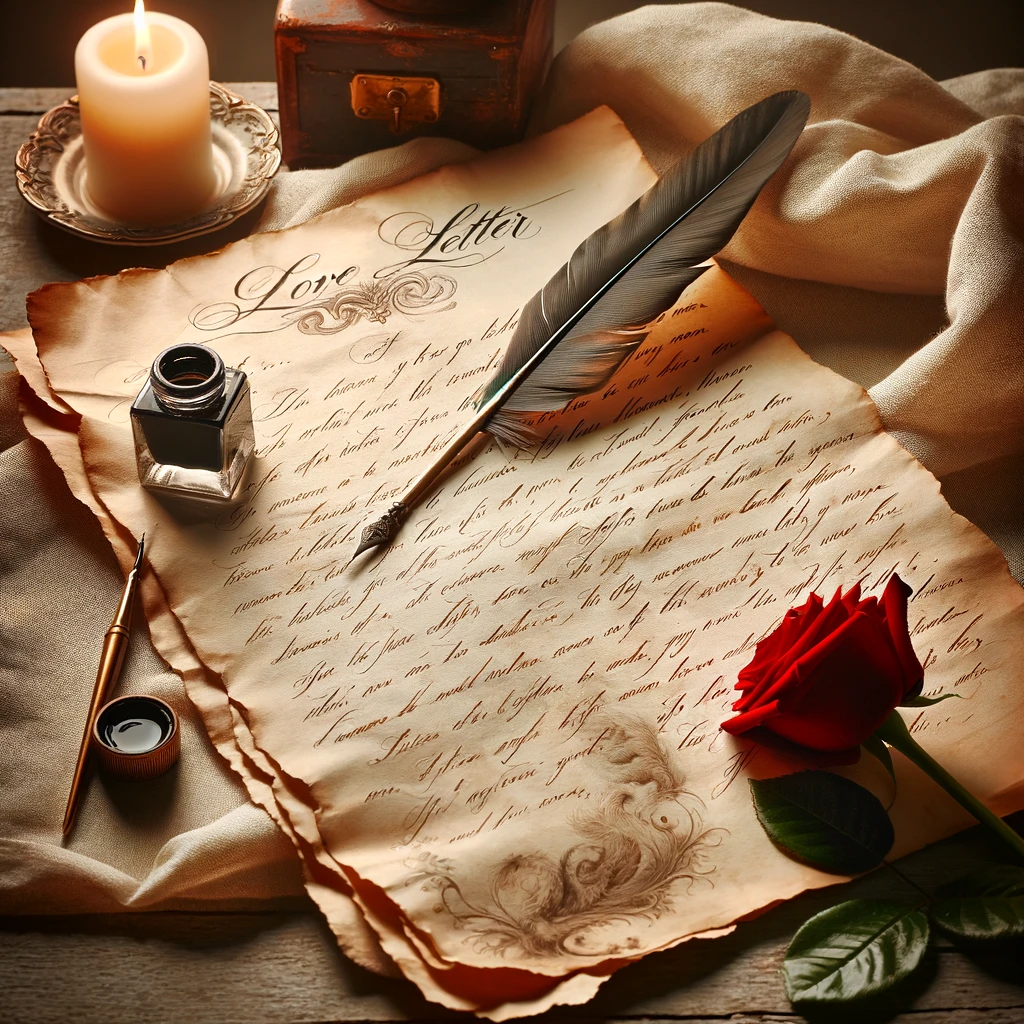
Before texting and emails, love letters were the main form of communication for distant lovers. These letters were crafted with care, often taking days to write and send. The anticipation of waiting for a letter added to the romantic experience. Love letters were keepsakes, treasured, and reread over time. They provided a tangible memory of affection, something sorely missing in the digital age.
3. Calling Cards
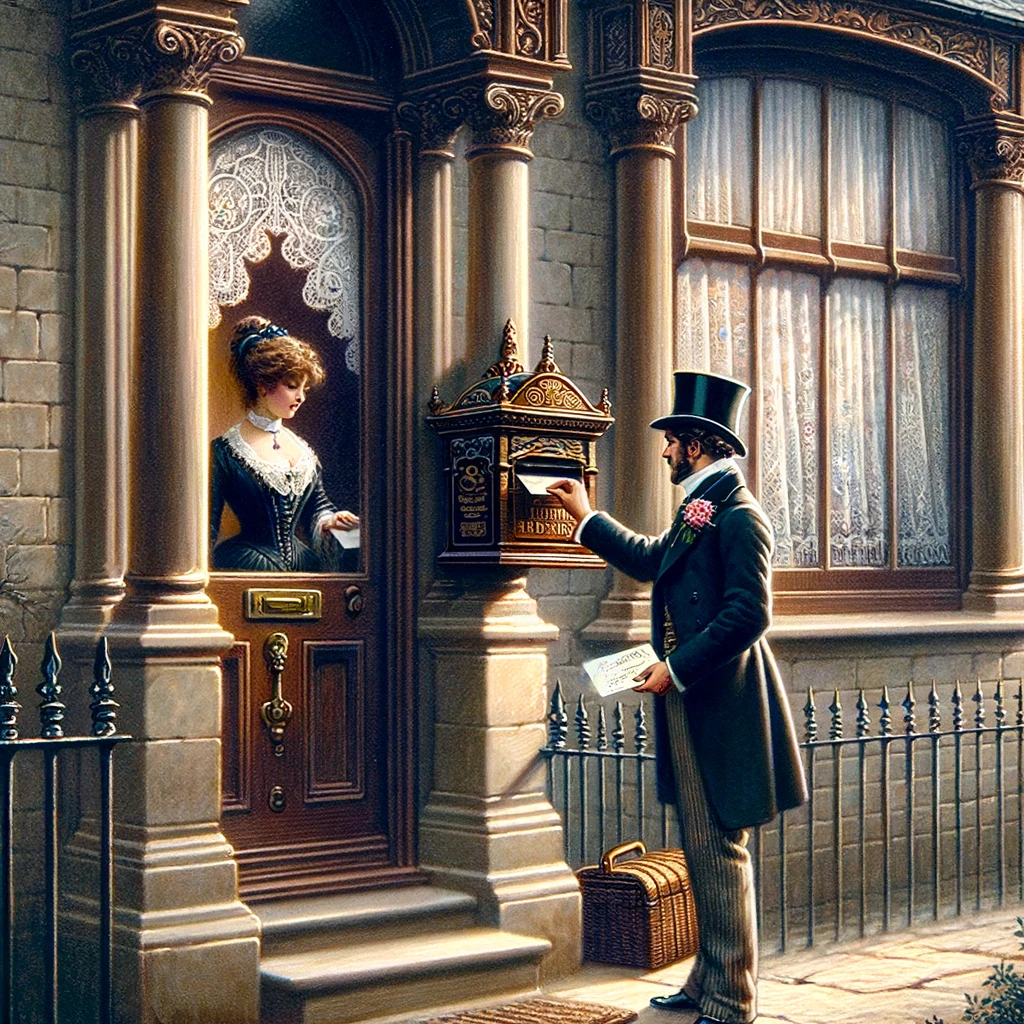
Men would leave calling cards at a woman’s residence to express interest. If the woman was interested, she would invite him over. These cards were a formal introduction and a sign of serious intentions. They allowed women to have control over whom they chose to entertain. This ritual highlighted the importance of formal introductions in the dating process.
4. Formal Dances
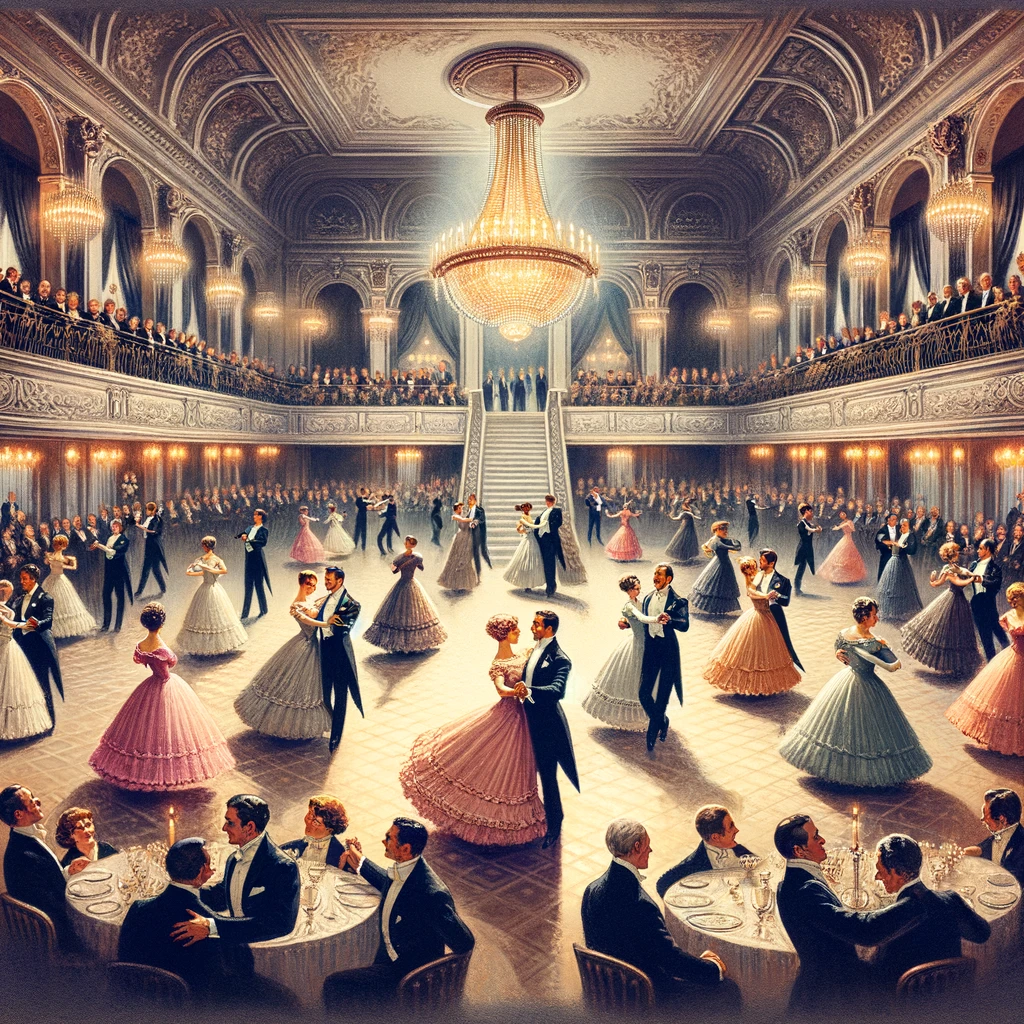
Formal dances were pivotal in the social lives of young people. They were occasions to dress up, engage in polite conversation, and showcase dance skills. These events provided a public platform for expressing interest through dance. The etiquette of asking and accepting dance invitations was a serious affair. These dances emphasized grace, elegance, and social skills.
5. Sunday Strolls

Couples often took leisurely walks on Sundays as a way of spending time together. These strolls were a chance for conversation and enjoying each other’s company in a public setting. It was a slow-paced, relaxed way to get to know someone. Sunday strolls were seen as a respectable way to court without the pressures of formal dating. They provided a simple yet intimate setting for romance to blossom.
6. Serenading

In some cultures, serenading was a way to woo a potential partner. A suitor would stand outside the beloved’s window, singing or playing music. This gesture was seen as romantic and brave. It demonstrated effort and passion in the pursuit of love. Serenades were public declarations of affection, something rare in today’s private, digital world.
7. Dance Cards
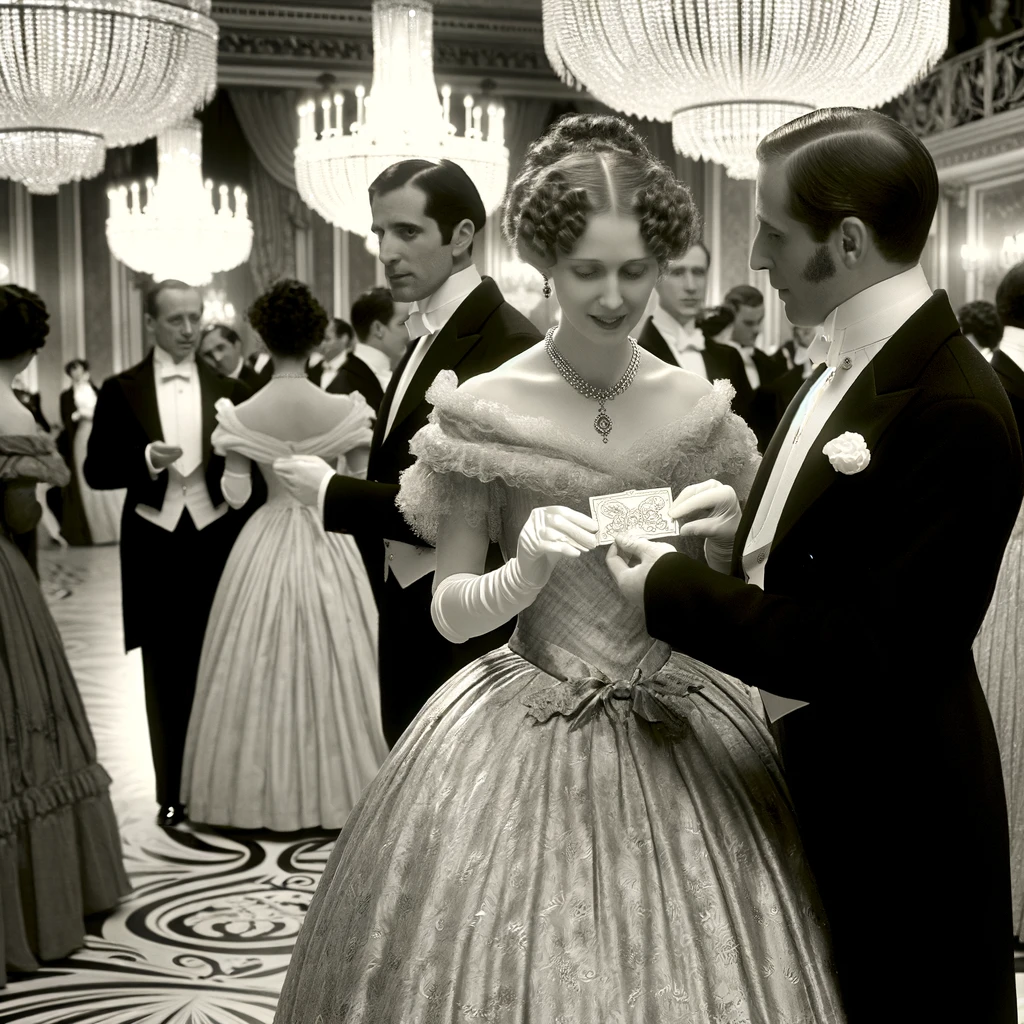
At formal balls, women had dance cards where men would sign up for a dance. This ensured an organized way of dancing with multiple partners. It was considered a status symbol to have a full dance card. The dance card ritual emphasized politeness and social order. It also served as a physical reminder of the evening’s connections.
8. Parental Permission
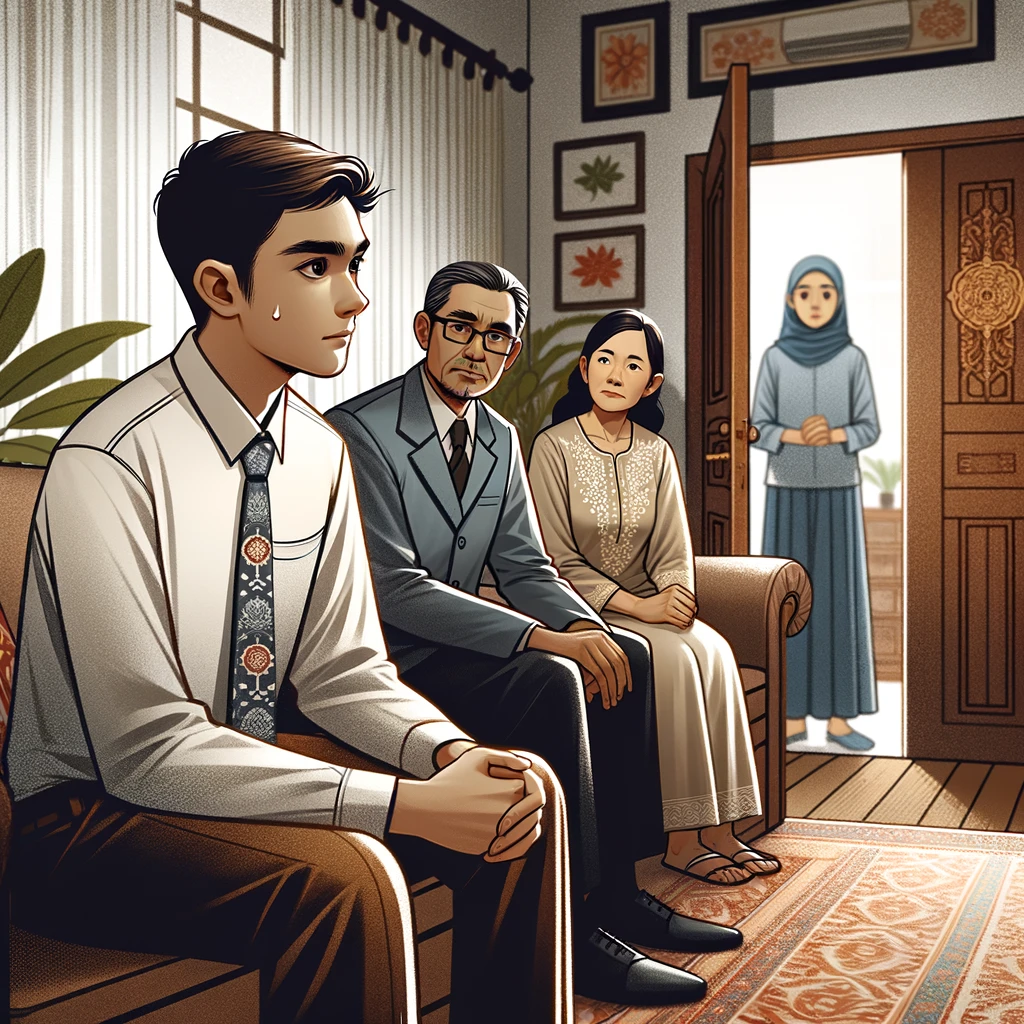
Seeking parental permission before dating was common practice. This showed respect for the family and acknowledged their role in the relationship. Parents often had a significant say in their children’s romantic choices. This practice emphasized family values and societal approval. It also provided a sense of security and guidance for young couples.
9. Parlor Visits
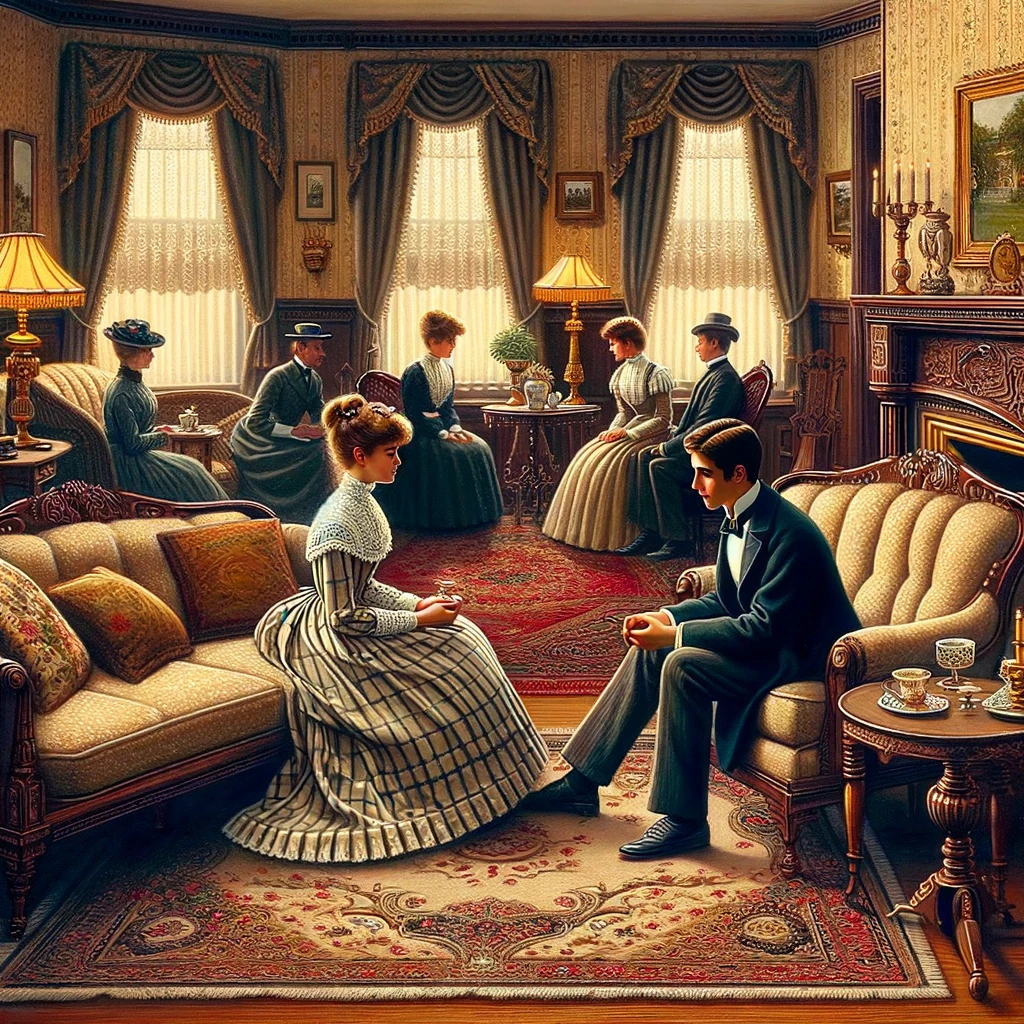
Courting often took place in the family parlor. This setting allowed families to observe the couple while still providing some privacy. The parlor was a formal space for conversation and getting to know each other. It reflected the importance of family involvement in relationships. Parlor visits also highlighted the balance between public and private spaces in courtship.
10. Bundling
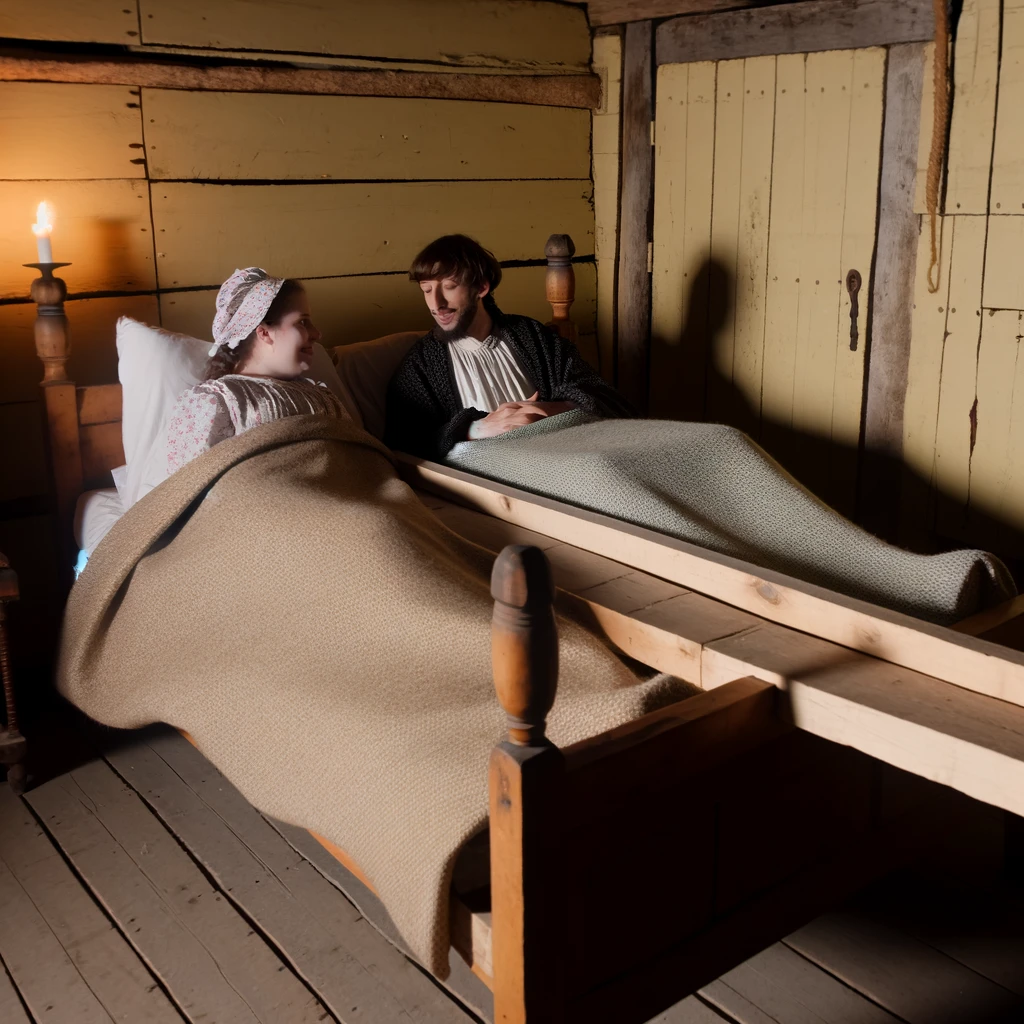
In some cultures, “bundling” was a practice where a couple shared a bed, separated by a bundling board. This allowed them to be intimate without physical contact. It was a way for couples to bond in a controlled environment. Bundling was a compromise between intimacy and maintaining moral standards. It was a unique blend of tradition and personal connection.
11. Public Announcements
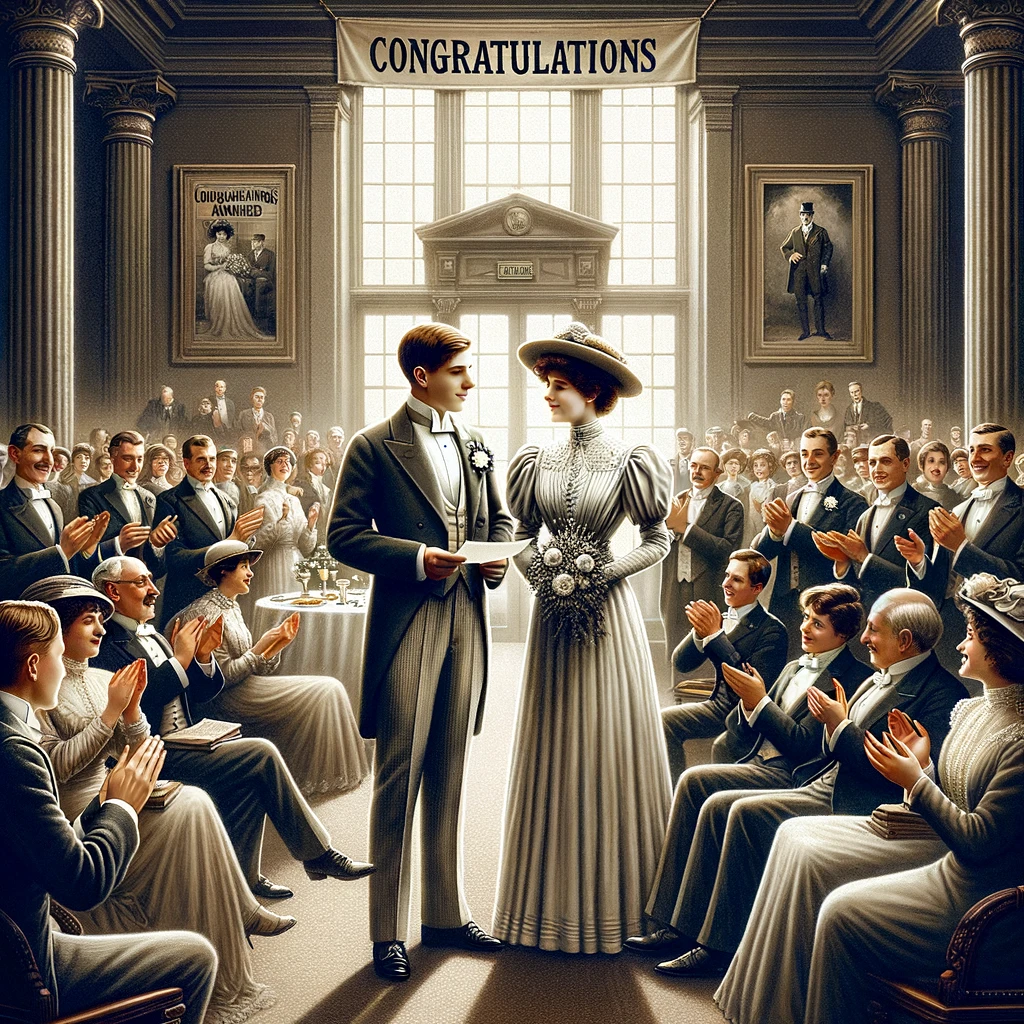
Engagements and relationships were often publicly announced in newspapers or at social gatherings. This made the relationship official and socially recognized. The public announcement was a form of social contract. It added a level of seriousness and commitment to the relationship. It also served as a way to inform and involve the community in the couple’s journey.
12. Seasonal Courtship
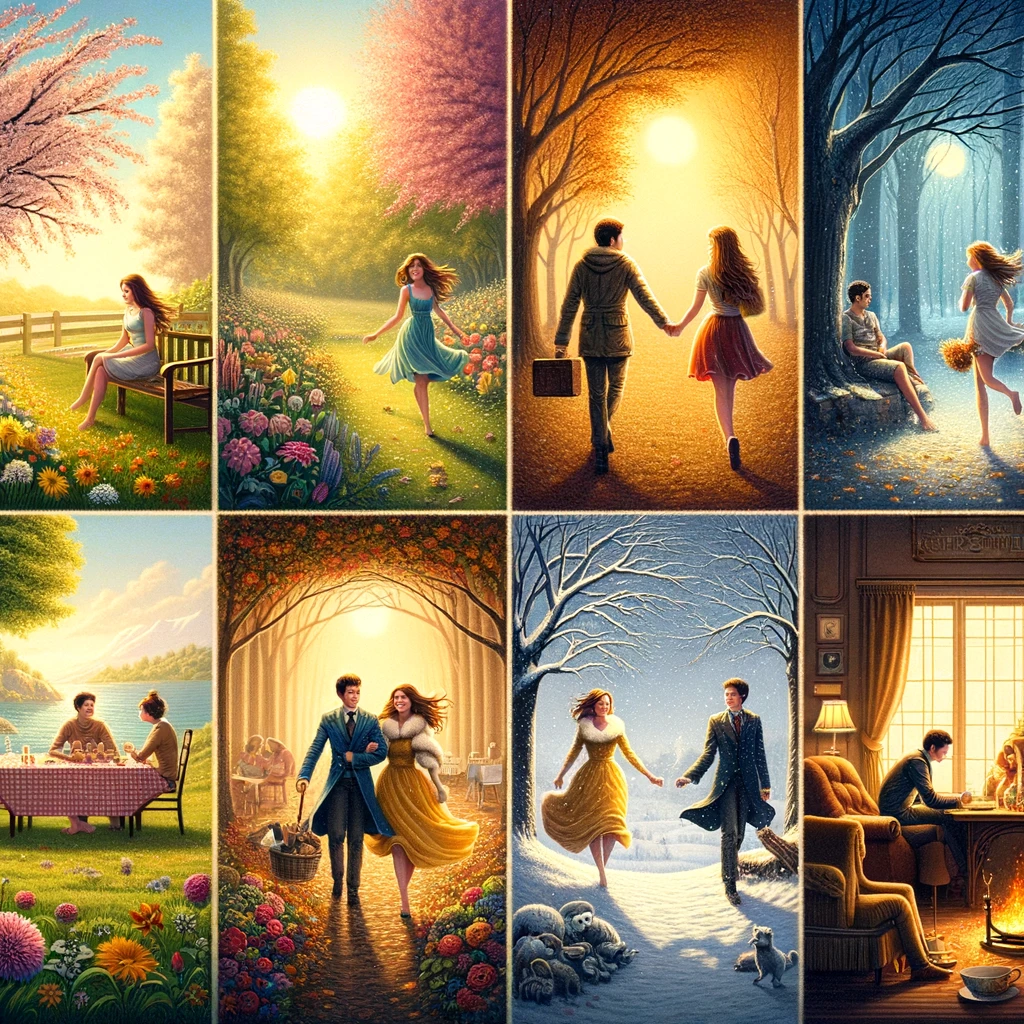
In some rural areas, courtship was often dictated by the seasons. This was due to agricultural demands and social gatherings. Summer was a popular time for courtship, with various festivals and events. Seasonal courtship reflected the community’s rhythm and lifestyle. It provided a natural backdrop for romance to flourish.
13. Exchange of Tokens
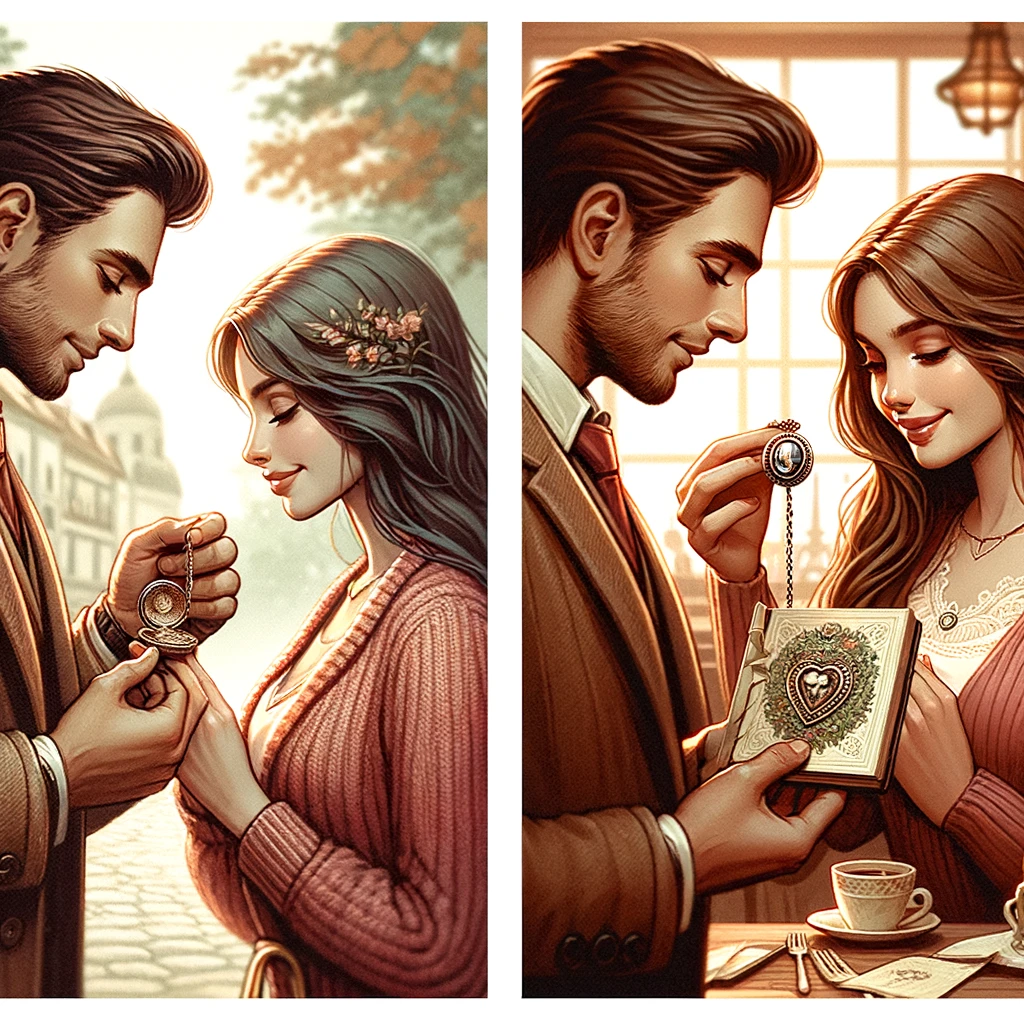
Couples often exchanged personal tokens as signs of affection. These could be lockets, handkerchiefs, or small gifts. These tokens were symbols of commitment and affection. They held sentimental value and were often handmade. The exchange of tokens was a personal and meaningful gesture, reflecting a deep level of emotional investment.
The Evolution of Romance
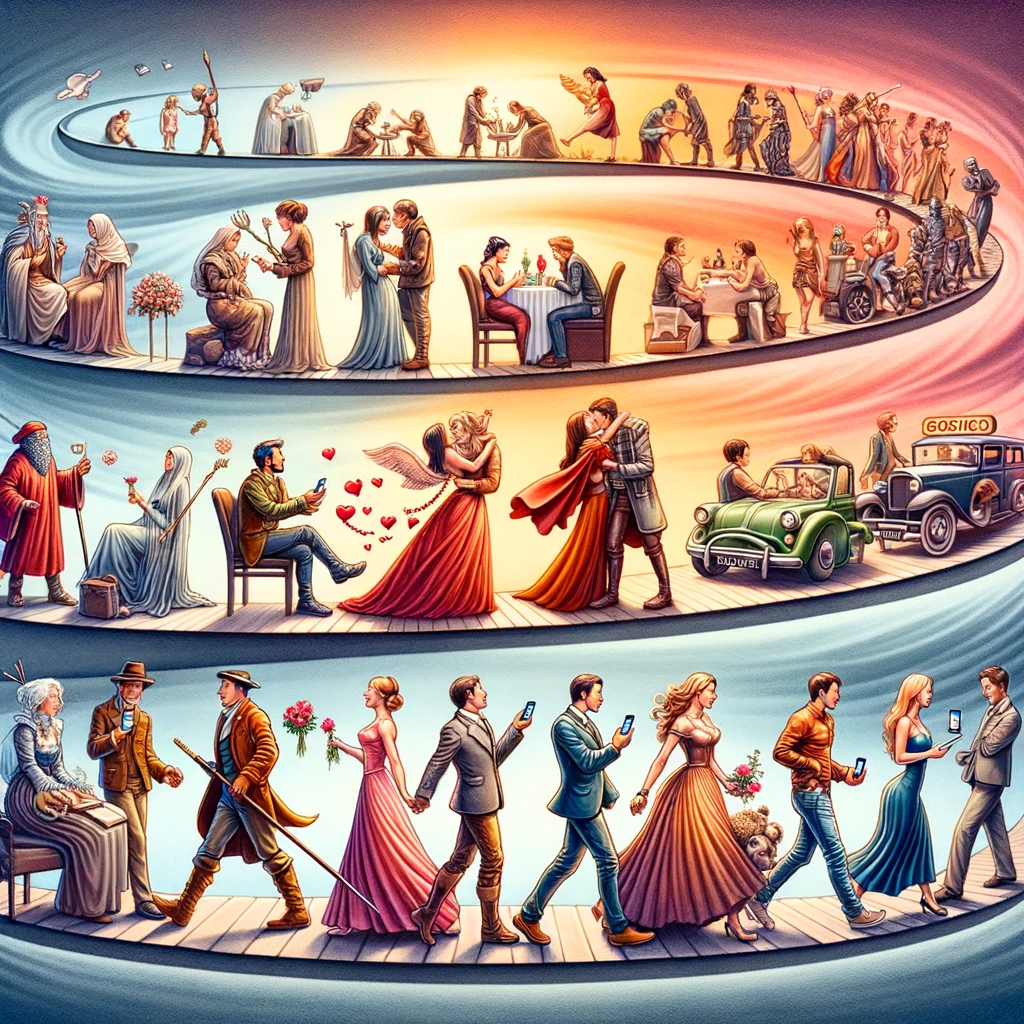
While today’s dating scene may seem worlds apart from these old-fashioned rituals, the underlying quest for love and connection remains unchanged. The evolution of romance highlights the adaptability of human relationships to societal changes. It reminds us that, regardless of the era, the heart’s desire for love and companionship is a timeless pursuit.

